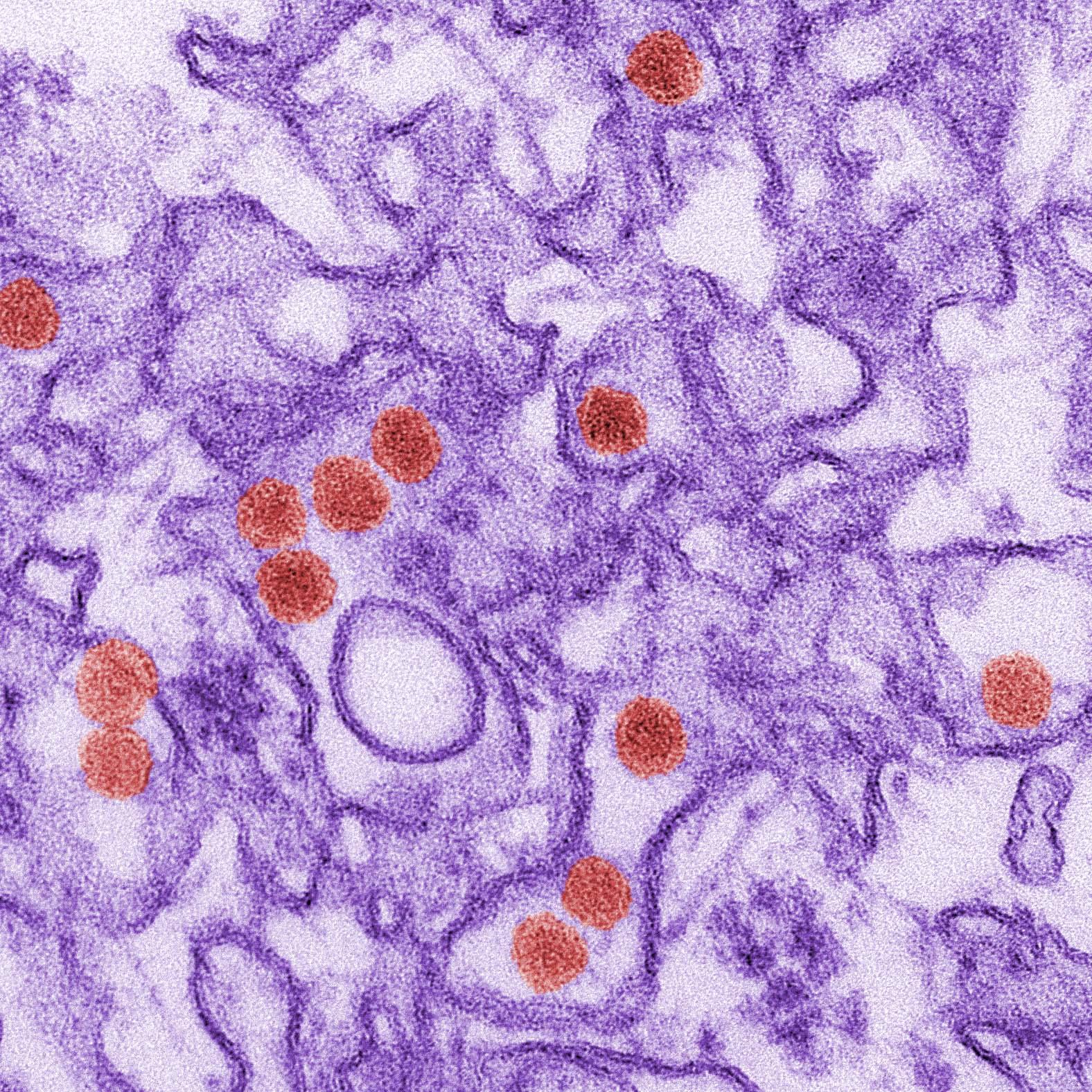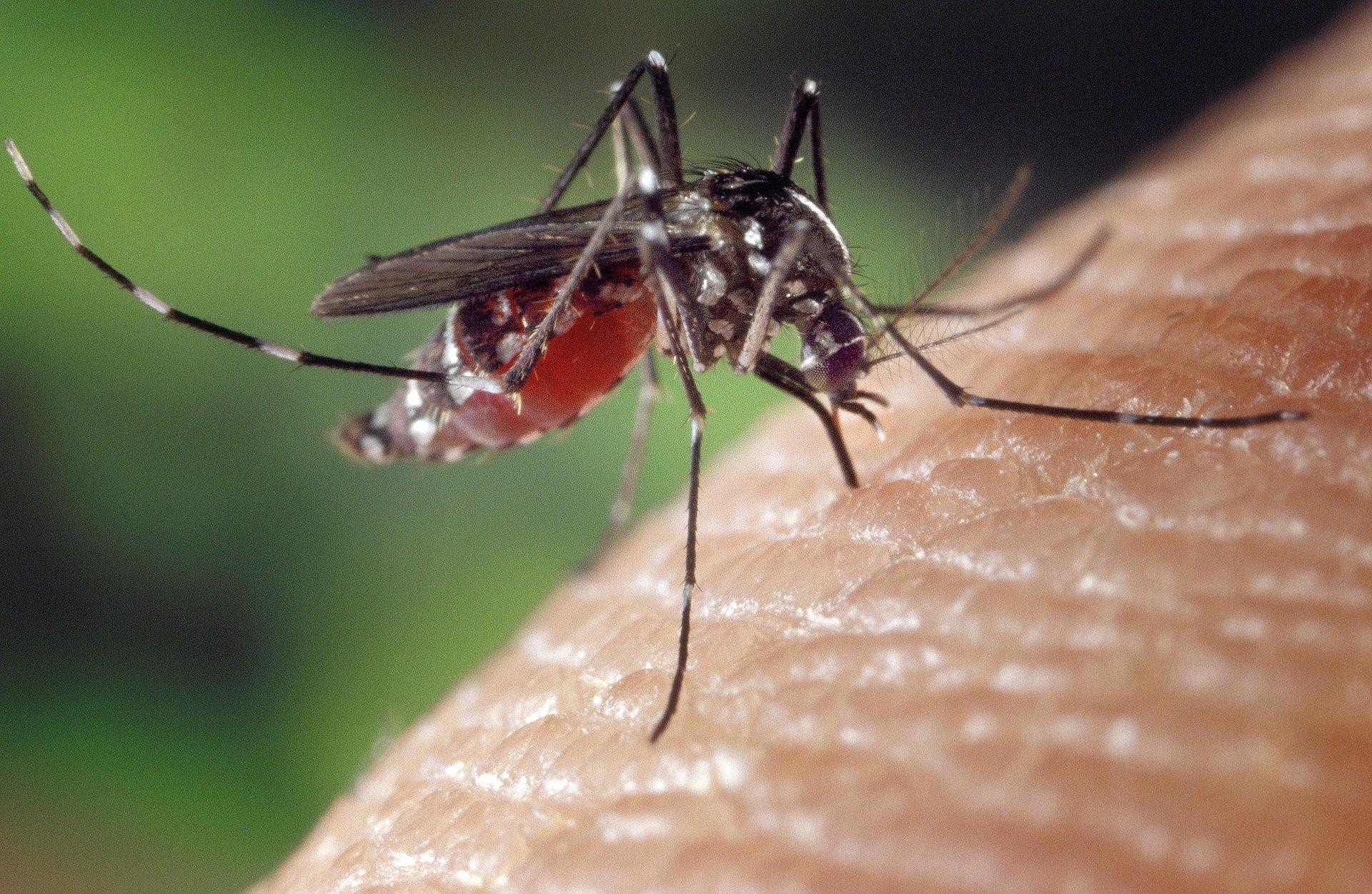Zika virus (ZIKV) is an arthropod-borne virus (arbovirus) primarily transmitted by mosquitoes, particularly Aedes aegypti and Aedes albopictus.
As mosquitoes are the primary transmission route, the distribution of ZIKV is limited to regions where these mosquito vectors are present.
ZIKV is found across tropical and subtropical regions of the Americas, Africa, and Asia. While the virus is not endemic in Europe, isolated instances of local transmission have been observed in some European countries.
In addition to mosquito transmission, ZIKV can spread from pregnant women to the foetus via the placenta, as well as through sexual intercourse, blood transfusions, and organ transplants.
Besides humans, ZIKV infects certain non-human primates and can reinitiate human transmission cycles from these wild animal reservoirs.
The virus was first formally identified in 1947 in the Zika Forest in Uganda, which gave it its name.
ZIKV gained widespread media attention following a major epidemic in 2015 after it was introduced into Latin America.
Clinical signs
The symptoms of ZIKV infection vary by age. Adults are typically asymptomatic or develop mild symptoms, with the infection lasting around 2 to 7 days. However, ZIKV infection can cause severe congenital defects in the foetus if infection occurs in pregnant women, predominantly microcephaly and other neurological and developmental defects.
Symptoms (in adults) include:
- Fever
- Rash
- Headache
- Joint pain
- Conjunctivitis
- Muscle pain
Virology
Zika virus (ZIKV) is a member of the Flavivirus genus and Flaviviridae family of viruses.
Like other flaviviruses, ZIKV contains a genome composed of single stranded positive-sense RNA, which is surrounded by a capsid and a lipid envelope derived from the host cell.
Pirbright's research on Zika virus
We are conducting fundamental research to understand how Zika virus (ZIKV) establishes infection in its mosquito vector and the barriers that influence its mosquito-borne transmission.
For ZIKV to spread, it must successfully infect and replicate in both mosquito and human cells. We study the virus in both systems to identify the constraints and requirements for replication in these distinct environments.
Additionally, we are using our insights into vector-virus interactions to explore new barriers to transmission, such as developing virus-resistant mosquitoes. In the long term, this research could lead to innovative strategies for preventing human infection by blocking viral transmission.


